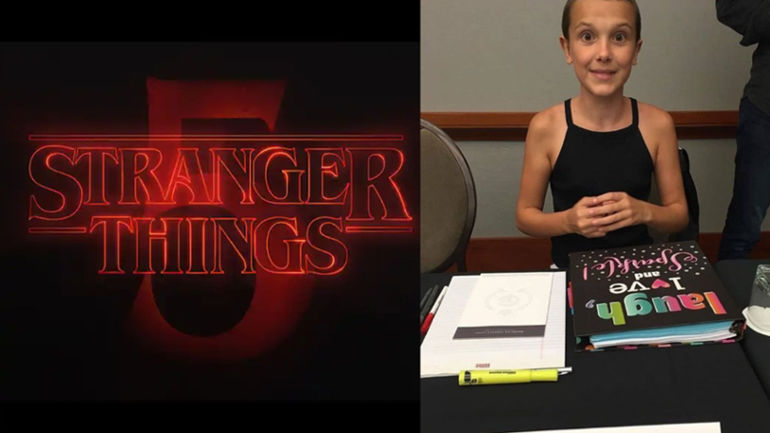A recently viral video showing a woman allegedly coming back to life in her coffin has sparked a whirlwind of intrigue and disbelief across social media. The shocking moment, in which the woman’s eyes suddenly opened while lying motionless, left viewers stunned and questioning the very nature of life and death. However, as the truth behind the footage emerged, it revealed a carefully orchestrated stunt designed to captivate and deceive online audiences.
The Moment That Captivated Millions
The video, initially posted on social media, showed a woman lying still in a coffin, with her body appearing lifeless. Suddenly, in a dramatic twist, her eyes popped open, seemingly signalling that she had come back to life. The shocking image quickly gained traction, with millions of viewers expressing their astonishment and some even speculating that the woman had experienced a rare medical phenomenon known as the “Lazarus effect,” where individuals appear to come back to life after being declared dead.
WATCH THE VIRAL VIDEO:
A video of a woman seemingly coming back from the dead is going viral.
Related NewsBut here is the truth. 🧵 pic.twitter.com/L860jTS5S0
— DramaAlert (@DramaAlert) December 8, 2024
Many social media users, captivated by the visual, debated whether it was a natural post-mortem occurrence where the body’s muscles relax, causing the eyes to open. The apparent miracle left viewers in a mixture of awe, fear, and fascination, further fueling its viral spread.
Behind the Scenes: The Truth Behind the Staged Video
The mystery was quickly unraveled when a behind-the-scenes video surfaced, exposing the entire incident as a hoax. The woman had never been dead in the first place; the entire event had been staged for dramatic effect. The footage of her eyes opening was carefully planned, designed to create the illusion of her miraculous return to life.
The revelation that the video was staged to manipulate emotions left many viewers feeling deceived. As the truth spread, there was an outpouring of criticism across social media. Users expressed their frustration, accusing the creators of exploiting people’s emotions for the sake of viral views. “Just because something goes viral doesn’t mean it’s true,” one user commented, underscoring the dangers of misinformation in the digital age.
Anger and Frustration Over the Deception
The truth behind the viral video prompted widespread anger and frustration on social media. Many felt betrayed by the creators, who had fabricated such a dramatic scenario to capture attention and exploit people’s emotions. “It’s just internet drama,” wrote one user, pointing out that such videos are often created to shock or entertain, rather than inform.
Concerns were also raised about how easily misinformation can spread, especially when dealing with sensitive topics such as death. The incident served as a stark reminder for people to be cautious about believing everything they see online and to question the validity of content that seems too dramatic or sensational.
The Dangers of Misinformation in the Digital Age
The viral video highlights the dangers of misinformation and the rapid spread of false content on social media. In today’s world, videos can go viral within minutes, reaching millions of viewers. However, not all of them convey the truth. Many videos are produced purely for entertainment or shock value, and they often manipulate viewers’ emotions rather than providing factual information.
With the ability to easily create and share content online, the potential for distorting reality has never been greater. This case is a reminder to always approach sensational or dramatic stories with a critical eye and to avoid accepting everything we see online at face value. In a time when information spreads quickly, it is crucial to verify the truth behind the content we consume.














